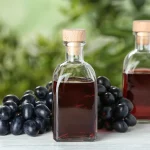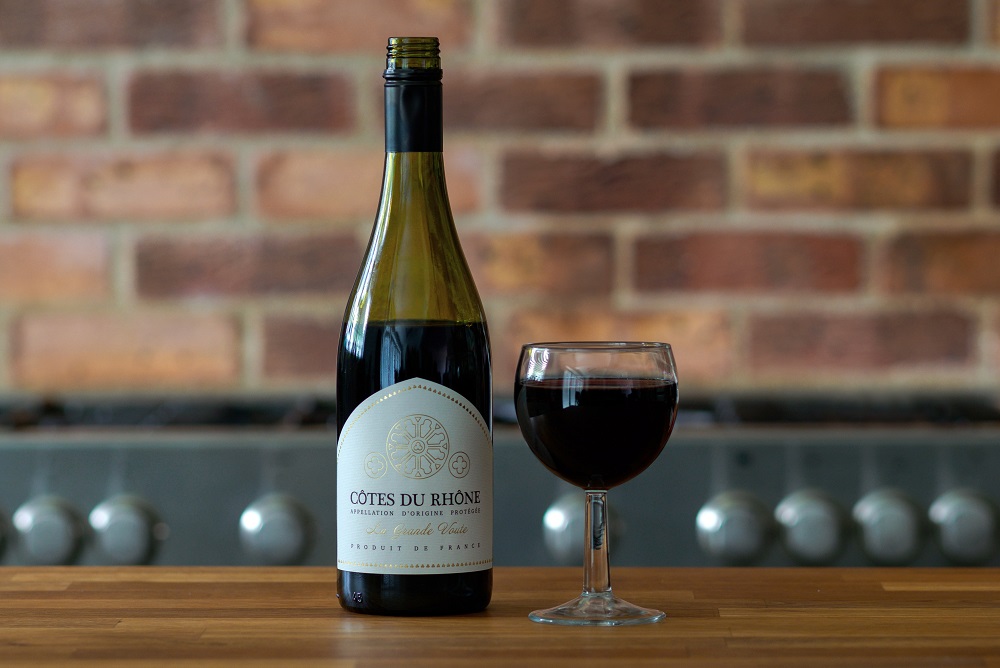Do you recall the scene in the 1979 film, The Jerk, when Steve Martin’s character tells the waiter, “Bring us some fresh wine, the freshest you’ve got. This year’s! No more of this old stuff?”
It can be challenging to communicate about wine because there’s lots of lingo surrounding the liquid. It requires a lot of information to sound intelligent when discussing varietals, vineyards, vintages, tannins, and terroir.
Identifying which wines you enjoy is an ideal place to start. If you prefer a glass of red wine but need some help figuring out which one is which, below are the main eight red wines you’ll encounter.
Learn how they taste and what foods they pair well with so you can sound more sophisticated than Steve Martin’s character at your next dinner party.
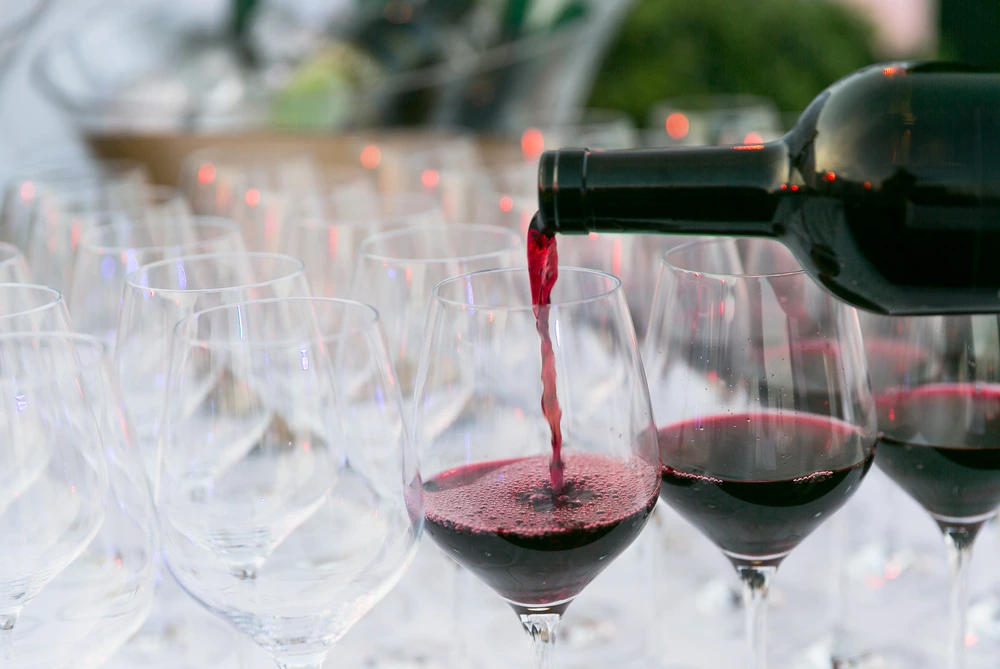
Syrah (or Shiraz)
[sir-aa | shuh-raaz]
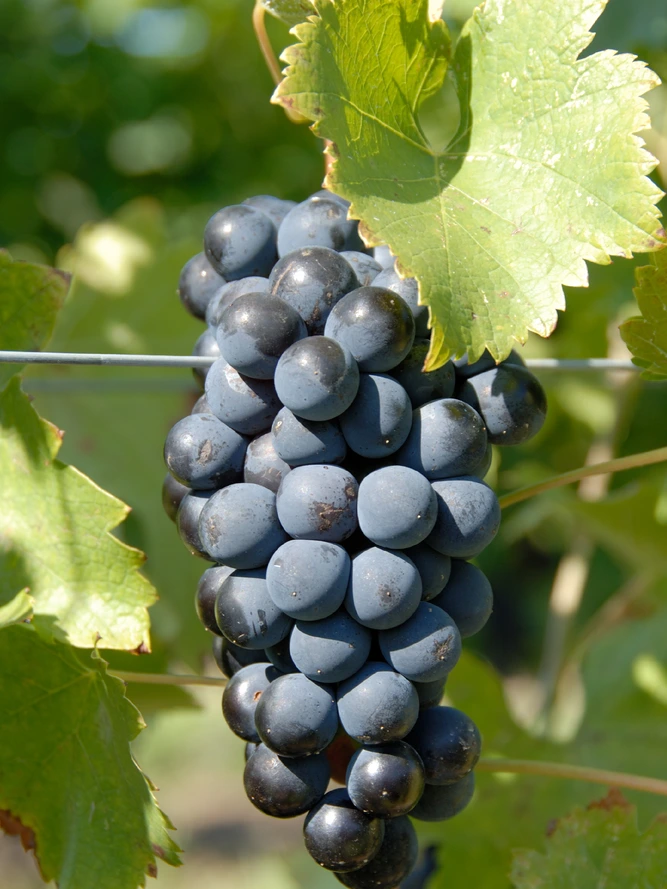
The peppery, rich, spicy fruit of the Syrah grape is stacked into incredible wines with complex notes of mineral, smoked meat, tar, wild herb, and leather.
Syrah has expanded in Washington and California, where delicious, sappy, spicy, peppery varieties are produced.
As it’s known in Australia, Shiraz is unquestionably the country’s claim to winemaking glory. They produce a variety of styles, from light and fruity to rich and tarry. They’ve even made a deep red, tannic sparkling wine and a port from Shiraz.
Flavor/Aroma Profile:
Blueberry and blackberry smells and flavors are intense, with ripe tannins. Notes of smoked meat, such as beef jerky and bacon, as well as black pepper spiciness, are also present.
Food Pairings:
Meat, particularly pork, steak, and other beef meals, pair well with Syrah, especially if it’s been grilled or cooked over an open flame.
Garlic, as well as fragrant herbs like thyme, oregano, and rosemary, make Syrah sing. Black pepper, on the other hand, should be avoided.
Merlot
[mer-low]
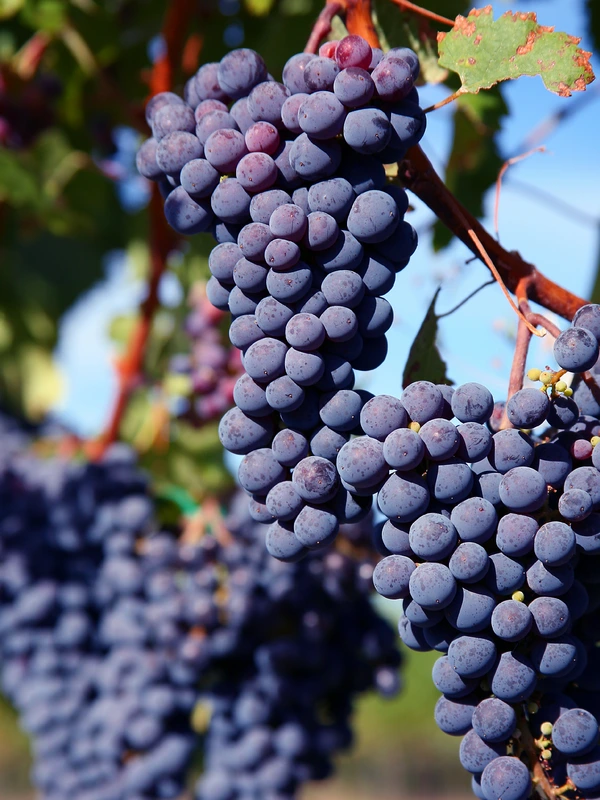
Merlot is the Chardonnay of red wines: simple to pronounce, pleasant, acceptable, and adaptable, but largely devoid of any distinct personality.
Often dubbed “The Underdog to Cabernet Sauvignon,” it’s primarily grown in France. However, it thrives outside of Bordeaux in Washington state. There, it ripens wonderfully and produces fat, robust wines that can age for a decade or more.
Flavor/Aroma Profile:
Fruit is the most prominent flavor and scent in Merlot wine. Merlot frequently has raspberry, black cherry, plum, blueberries, and even jammy flavors. Many Merlots have a fruitcake fragrance due to these nuances.
Food Pairings:
Merlot complements many foods, but poultry and other light meats, as well as gently seasoned dark meats, will stand out alongside a glass of this red wine.
Malbec
[maal-bek]
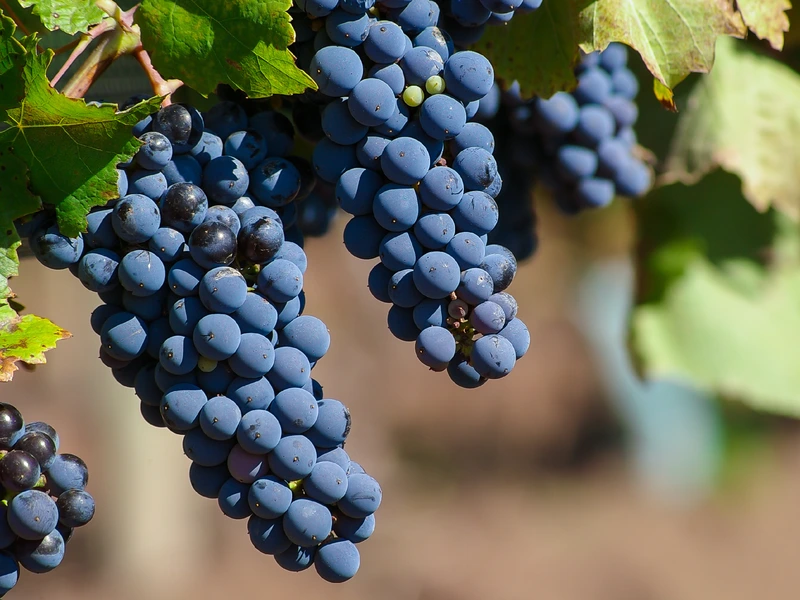
Although it began in France as one of the six Bordeaux blending varietals, Malbec is Argentina’s most well-known red grape. Its deep purple hue and full-body come from tiny, dark-colored, and thick-skinned grapes.
Flavor/Aroma Profile:
Malbec is noted for its jammy fruit tastes and savory undertones, like coffee, leather, and black pepper.
Food Pairings:
Malbec wine, like many other red wines, goes well with meat, particularly red meat. However, it lacks the length of finish of some of its red wine cousins, making it easy to overpower with fattier foods.
Choose lean cuts of beef, turkey, or even ostrich instead. Blue cheese and roasted red pepper also complement Malbec.
Cabernet Sauvignon
[ka-bur-nay-soh-vin-yohn]
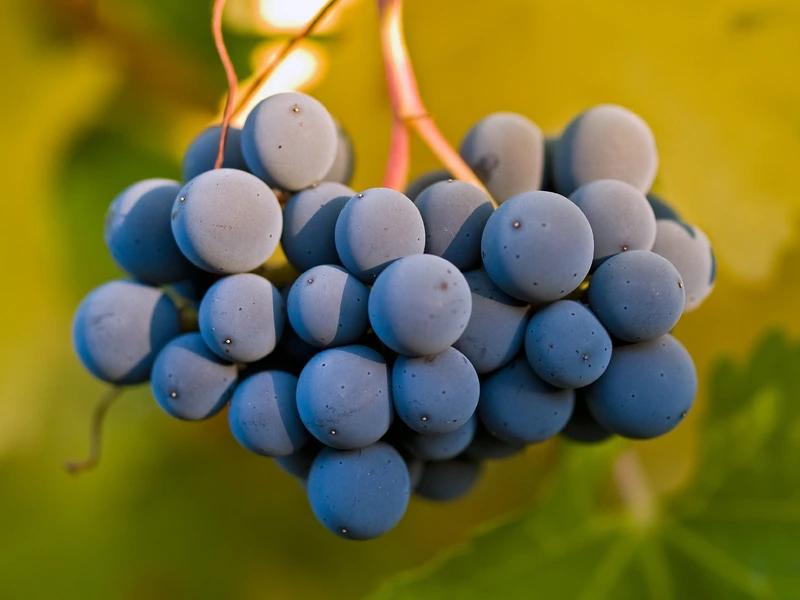
In the 17th century in southwestern France, an unintentional cross between a red Cabernet Franc grape and a white Sauvignon Blanc grape resulted in the birth of world-renowned Cabernet Sauvignon, the most popular grape among American wine enthusiasts.
Cabernet Sauvignon is a bold variety recognized for its thick, hardy skin and the vine’s ability to withstand the environment. For that, this varietal was adopted in regions of France by winemakers looking for more durable plants that were reasonably easy to grow.
Flavor/Aroma Profile:
Cabernet Sauvignon is an unsweet, dry wine with a recognizable amount of tannin, which causes your mouth to dry up when you drink it.
You may encounter an array of flavors from green pepper to chocolate to tobacco to dark fruits, like cherries and blackberries, as well as a note of vanilla from aging the wine in oak barrels.
Expect aromas like violets, blackcurrant, cedar, and spice on the nose.
Food Pairings:
Pair Cabernet Sauvignon with foods high in fat with rich flavors. Think marinated steak and aged gouda.
Pinot Noir
[pee-no-nuh-waar]
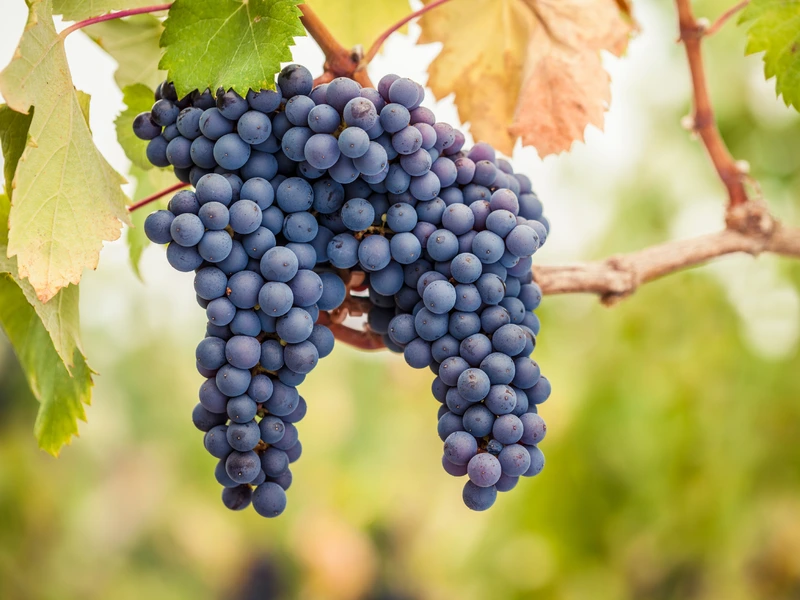
Pinot Noir is the grape that winemakers despise because it is the most beautiful, demanding, and unpredictable of them all.
While a key ingredient in many Champagnes and other sparkling wines, Pinot Noir can also be ripened as a single varietal in California, New Zealand, and warm Oregon locales to make wines with unexpected richness and jamminess.
Flavor/Aroma Profile:
Pinot Noir is a light to medium-bodied dry wine with sharp acidity and smooth tannins.
When aged in French oak, the best Pinot Noir has a complex flavor profile: cherry, raspberry, mushroom, forest floor, and vanilla and baking spice.
Pinot Noir can have an intense perfume of ripe grapes or black cherries, often with a prominent spiciness that reminds you of cinnamon or mint. Ripe tomato, mushroom, and farmyard can also be common aromas.
Food Pairings:
Pinot Noir is a versatile wine that goes well with a variety of cuisines. Fruitier versions go well with salmon or other fatty fish, roasted chicken, or pasta dishes, while more tannic Pinot Noir pair well with duck and other game birds, casseroles, and beef bourguignon.
Check out our article on Pinot Noir vs Cabernet Sauvignon vs Merlot.
Sangiovese
[sahn-joh-veh-seh]
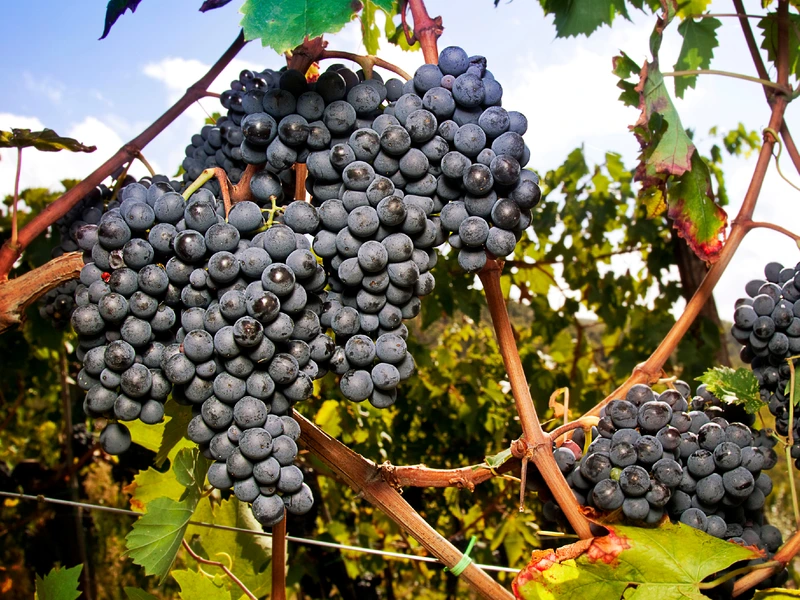
Sangiovese is the essential grape of Tuscany, where it is used to make Chianti and Brunello di Montalcino. Many “Super Tuscan” red mixes in Italy combine Sangiovese with Cabernet Sauvignon, intensifying the Sangiovese while smoothing out the Cabernet.
Flavor/Aroma Profile:
It’s a light-colored grape with strong acidity. It has distinct notes of pie cherry, anise, and tobacco in Italy. At the same time, it can be bland and unremarkable elsewhere.
Food Pairings:
Sangioveses go well with rare steaks, roasted game birds, wild boar, rich chicken or mushroom dishes, or anything tomato-based.
Zinfandel
[zin-fuhn-del]
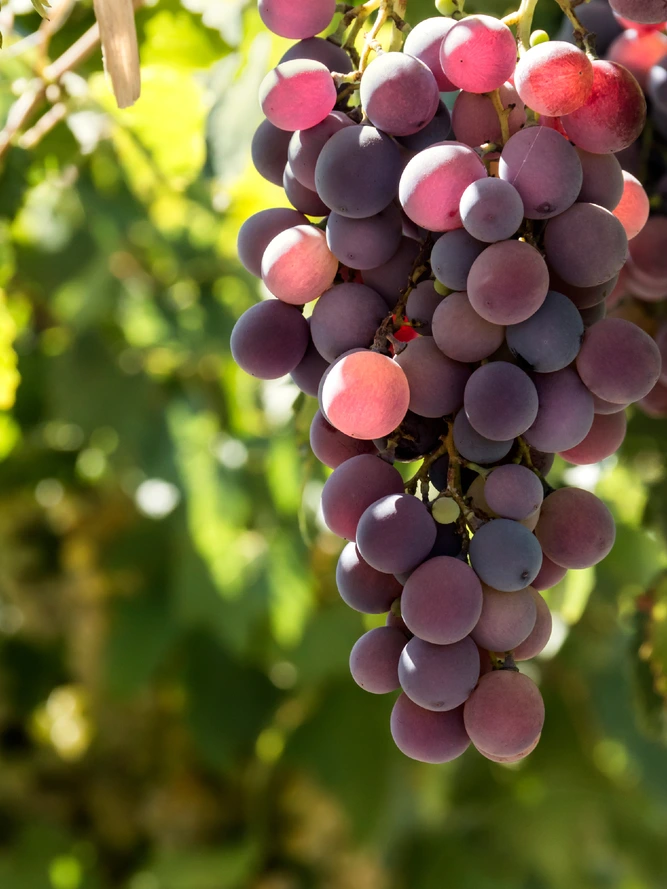
Zinfandel was once considered California’s grape, although it is now planted all along the west coast of the United States and in Australia, Italy, and other countries. Its ancestors can be traced back to Croatia.
However, California Zinfandel remains the gold standard for all others because it thrives uniquely throughout the state. Zinfandels from California are now regularly 15 or 16 percent alcohol, with late harvest varieties reaching even higher levels.
Dessert Ports of Zinfandel are also produced.
Flavor/Aroma Profile:
The tastes of Zinfandel include prominent flavors of jam, blueberry, cherry, plum, boysenberry, cranberry, black pepper, and licorice. When tasting Zinfandel, you’ll detect candied fruitiness, spice, and a smokey, tobacco-like aftertaste.
Hints of licorice, star anise, smoke, black pepper, and black cardamom can all be found on the nose.
Food Pairings:
Zinfandel wine pairs well with various meats, including bbq pork ribs and leg of lamb.
A tomato-based pasta, like spaghetti, is also a fine choice.
Related: Zinfandel vs White Zinfandel.
Barbera
[baar-beh-ruh]
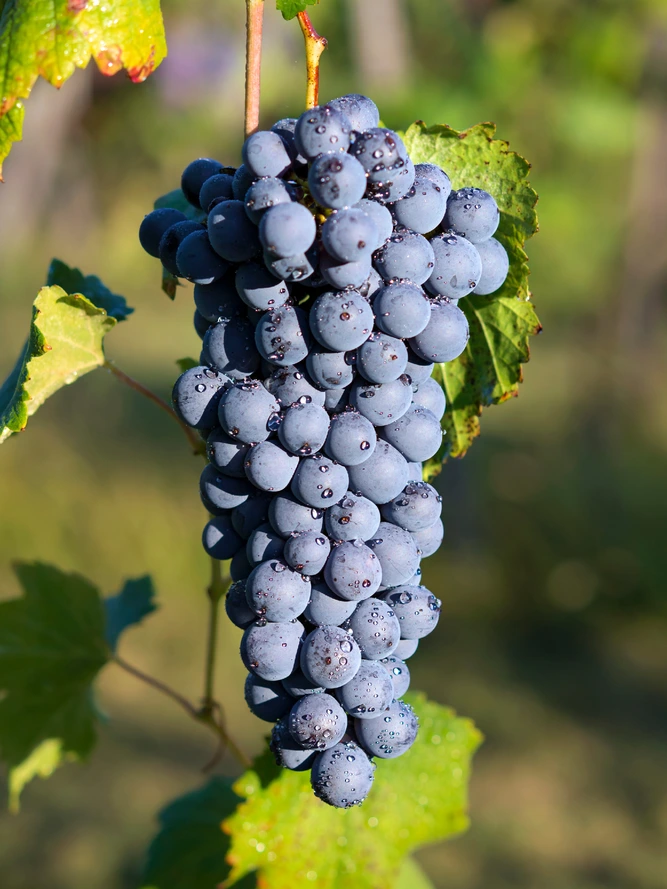
Barbera is a northern Italian dark-skinned grape that produces a crisp, light-bodied wine with low tannins. It is best known for its lead role in Piedmont’s Barbera d’Alba and Barbera d’Asti wines. Piedmont is where the famous Moscato d’Asti hails from.
It was the third most widely planted red wine grape in Italy at the turn of the century, after Sangiovese and Montepulciano. It has since been surpassed by French internationalist Merlot and southern Italy’s deep and aromatic Primitivo.
Flavor/Aroma Profile:
Young Barbera wines have a brilliant red cherry flavor and softer tannins. This develops a more profound, sour-cherry note after maturation in barrel and aging in bottle for a few years.
Barrel maturation can contribute wood tannins, which can help to compensate for the varietal’s inherently low tannin content.
A warm, Merlot-like plumminess is also typical, despite the flavor profile being more closely connected to Mourvèdre than Merlot.
Food Pairings:
Rich dark meats, mushrooms, herbs, herbaceous cheeses like blue cheese, and higher tannin meals like root vegetables and braised greens go well with Barbera.
Bonus – Grenache (or Garnacha)
[gruh-nawsh |gaar-na-chuh]
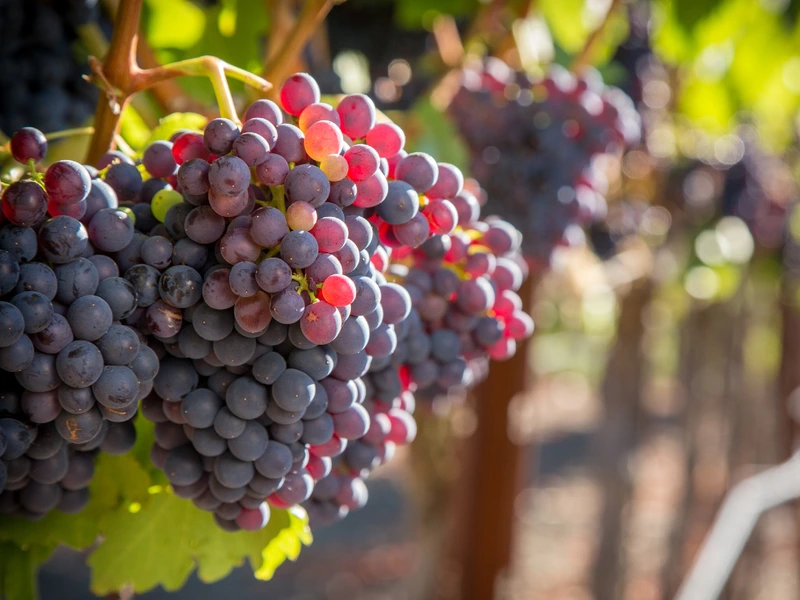
Grenache is used to produce some of Spain’s and Australia’s best red wines and some famous French wines.
Known as Garnacha in Spain, it’s a late-ripening grape with high alcohol content and mild acidity, likened to a less intense version of Syrah.
The Sardinians also have a variation of this grape, known as Cannonau.
Flavor/Aroma Profile:
The flavor of Grenache wine is medium-bodied. It is distinguished by a rich, exceptionally ripe red fruit accented by spicy cinnamon notes and pepper and a violet-like floral aroma.
Food Pairings:
Grenache goes well with grilled, stewed, and braised meats like beef, veal, and chicken. It also complements less spicy Asian cuisine.
- Shrimp Cocktail (and More) Wine Pairing Guide - 09/06/2022
- What Wine Serving Sizes Look Like: Standard Size and More - 08/06/2022
- How Much Sugar is in Wine: Glass and Bottle Sugar Content - 08/06/2022





